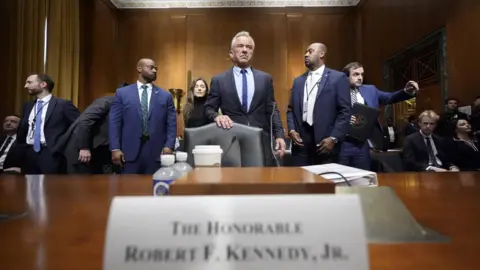Rakhaldas Banerjee, an overlooked figure in the annals of archaeology, is known for his monumental discovery of Mohenjo-daro, a central site of the Indus Valley Civilisation, located in present-day Pakistan. Working in the early 1900s under British colonial rule, Banerjee's work illuminated the vast geographic expanse of this ancient civilization, stretching from Afghanistan to India during the Bronze Age.
His career was characterized by both brilliance and controversy. Although Banerjee completed groundbreaking excavations that uncovered artifacts such as seals and coins from this ancient society, his reputation suffered due to disputes with officials at the Archaeological Survey of India (ASI). Despite being an exceptional epigraphist and explorer, Banerjee faced numerous challenges stemming from his independent nature, which often put him at odds with his superiors.
Remarkably, his reports on Mohenjo-daro, which could have cemented his place in history, were never published by the ASI. Allegations surfaced that John Marshall, the ASI chief, overshadowed Banerjee's contributions, leading to a narrative that favored Marshall’s role while relegating Banerjee to a mere footnote in historical accounts.
Born in Bengal in 1885, Banerjee’s passion for history was ignited by the medieval structures surrounding his hometown. He joined the ASI and quickly made strides in his career, eventually discovering Mohenjo-daro in 1919. His excavations revealed critical insights into the urban settlements of the Indus Valley, including evidence dating back 5,300 years.
However, by 1924, his financial resources for excavations dwindled, and disputes over spending led to his transfer and withdrawal from the site. His later years were marked by personal and professional turbulence, including a controversial idol theft case that marred his exit from the ASI.
After leaving the ASI, Banerjee faced financial difficulties and passed away at the young age of 45, just two years after beginning a professorship at Banaras Hindu University. Historians today reflect on the lasting significance of his work while lamenting the overshadowed legacy of a man who played a pivotal role in uncovering India’s ancient history.





















